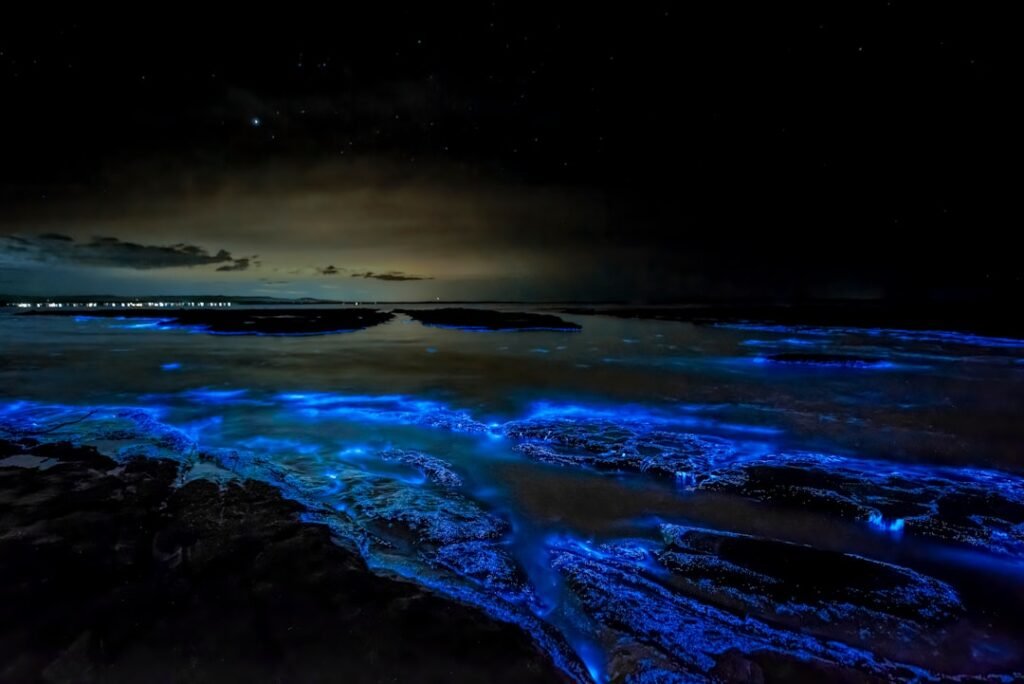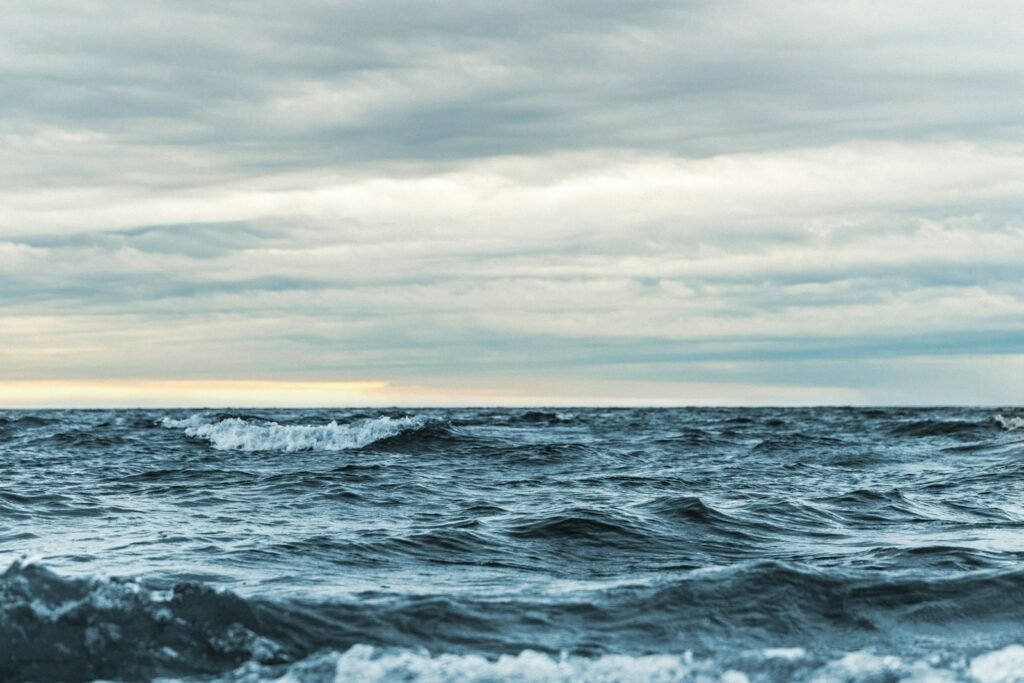Imagine clinging to a moving mountain, traveling across the world’s vastest oceans, yet never taking a single step yourself. That’s the astonishing reality for barnacles living on the backs of whales. While most people barely give these tiny shell-clad creatures a second thought, their life story is bursting with drama, survival, and surprising influence on entire marine ecosystems. Let’s dive deep into the secret life of barnacles—the ultimate hitchhikers of the sea—and discover how they transform the underwater world without so much as wiggling an inch.
The Secret Passengers of the Deep
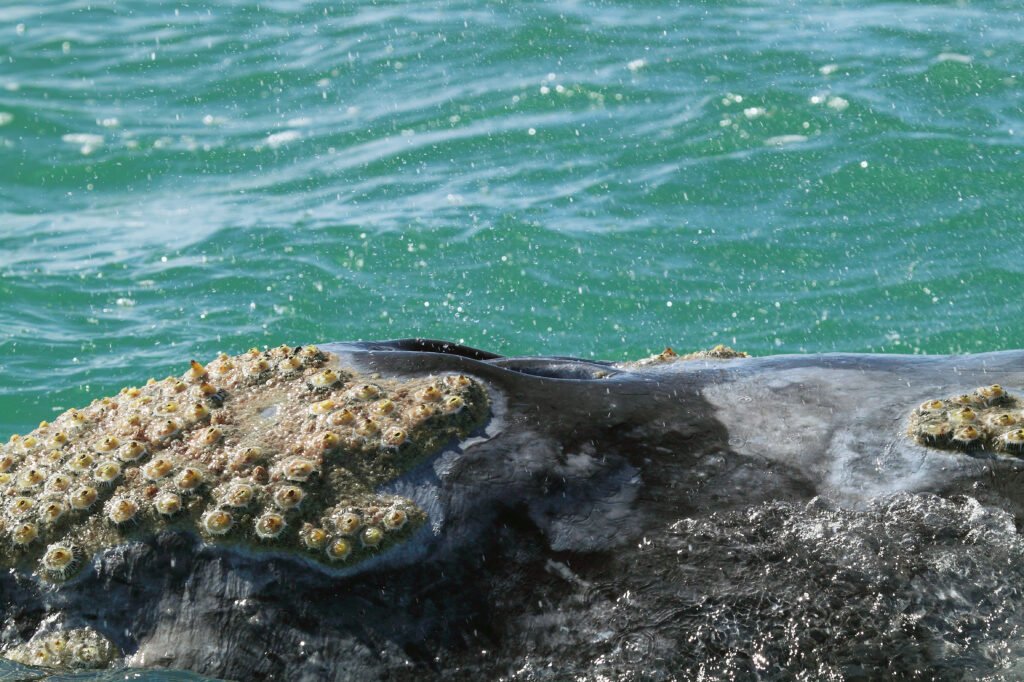
Barnacles are not just random passengers on the whale express; they are perfectly adapted for this nomadic lifestyle. With their tough shells and sticky cement, they latch onto the rough skin of whales, creating a mobile home that sails through every ocean current. Scientists have discovered that certain barnacle species are so specialized, they can only survive on whales, making their existence inseparable from their massive hosts. This relationship isn’t just one-sided; barnacles get a free ride to food-rich waters, while whales sometimes benefit from the camouflage or even the extra protection against predators.
The Marvel of Whale-Barnacle Attachment
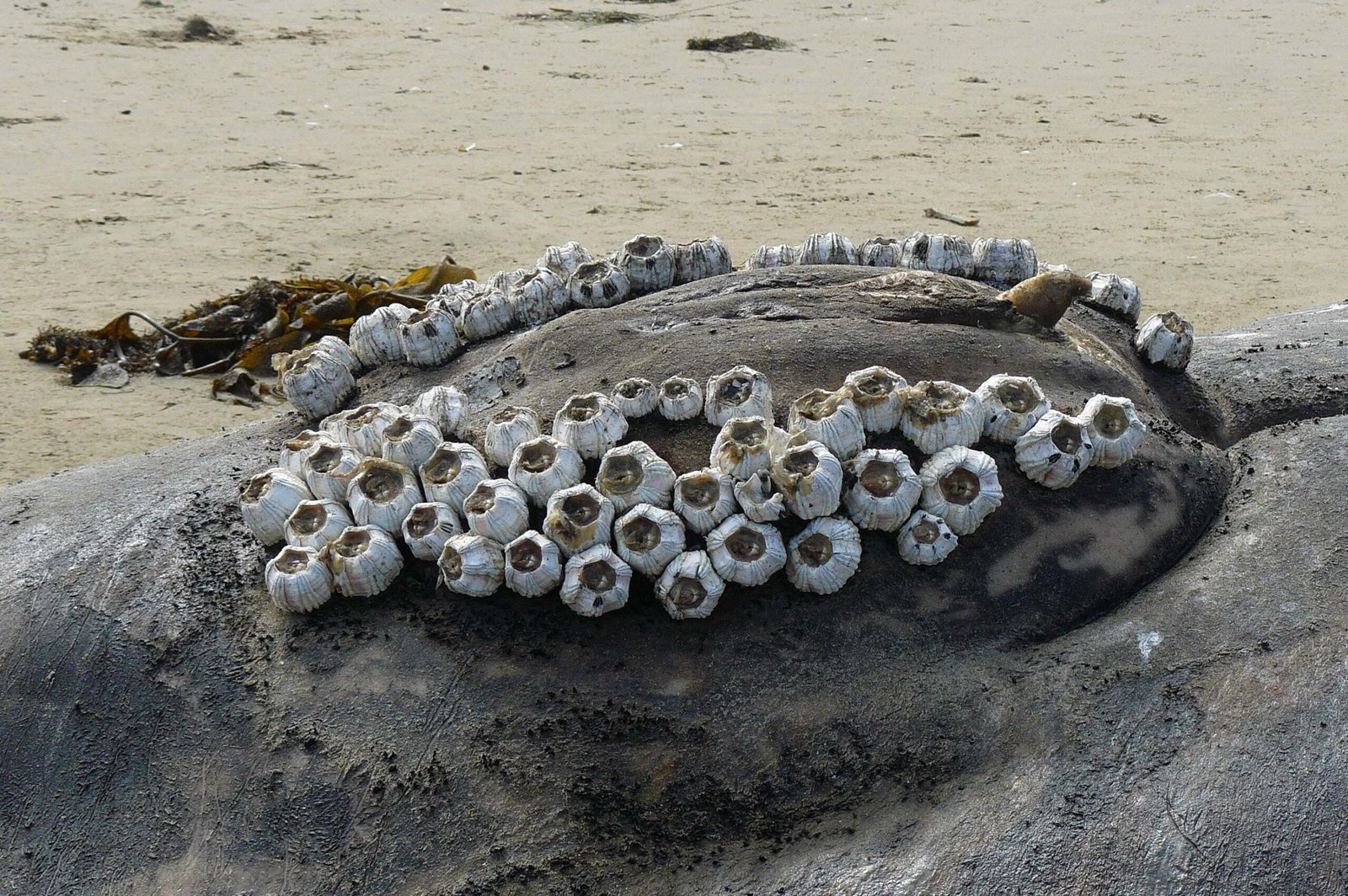
The way barnacles attach themselves to whales is nothing short of extraordinary. When a whale calf is born, barnacle larvae drifting in the ocean find the perfect moment to settle onto its skin. They secrete a glue-like substance that hardens almost instantly, anchoring them for life. This adhesive is so strong, marine biologists have marveled at its resilience, even under the immense pressure and turbulence of a whale breaching the surface. The barnacles’ grip is so reliable that removing them can damage the whale’s skin, showing just how committed they are to their chosen home.
A Moving Feast: Life on a Whale
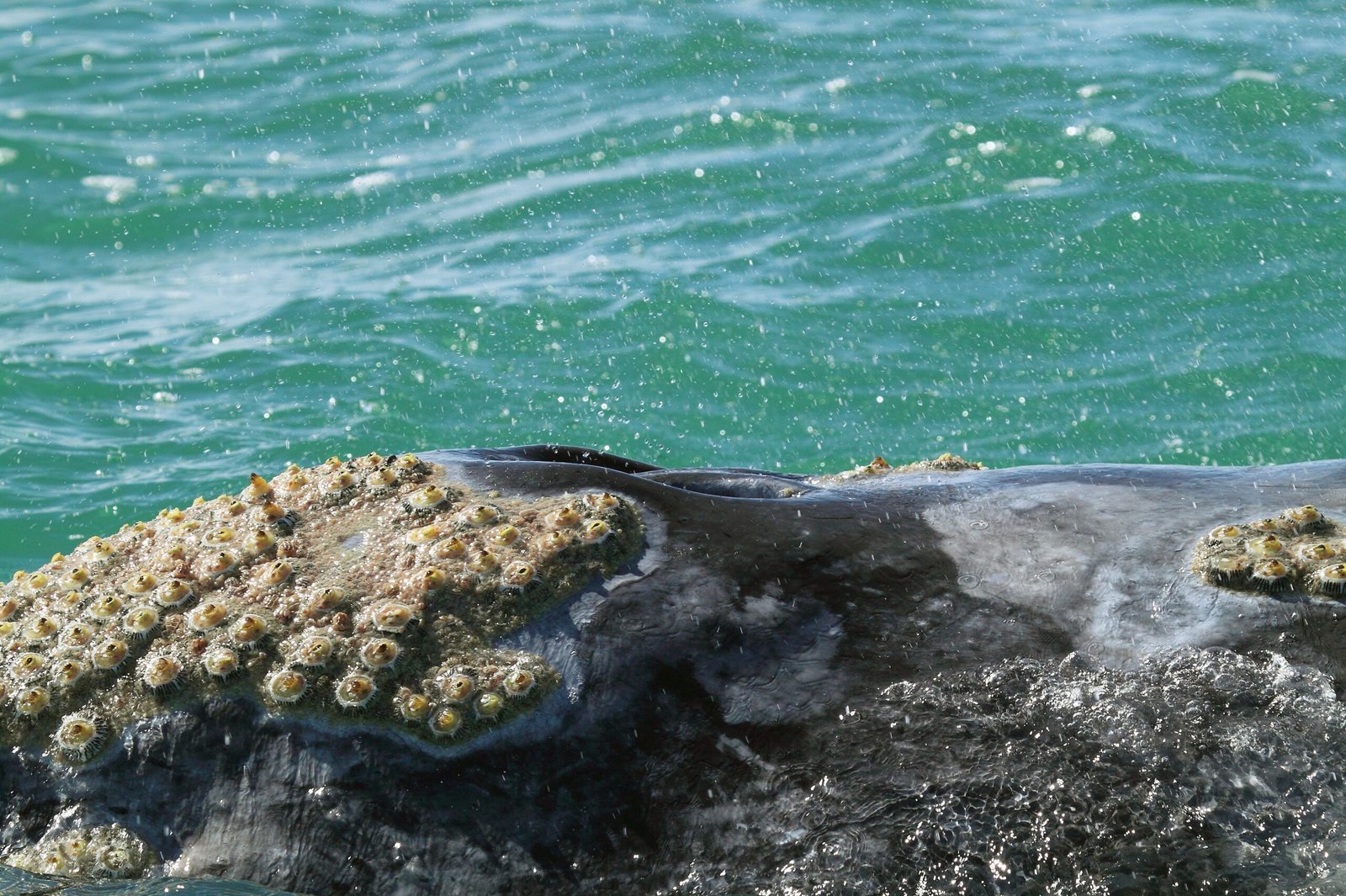
Barnacles on whales enjoy a feast that most stationary barnacles can only dream of. As the whale traverses thousands of kilometers, it sweeps its hitchhikers through nutrient-rich waters teeming with plankton. The barnacles stretch out their feathery legs, called cirri, to snatch up food swirling by. This constant banquet means barnacles on whales can grow faster and larger than their stationary cousins. It’s a bit like living on a food truck that never stops rolling through the best neighborhoods.
How Barnacles Shape Whale Health
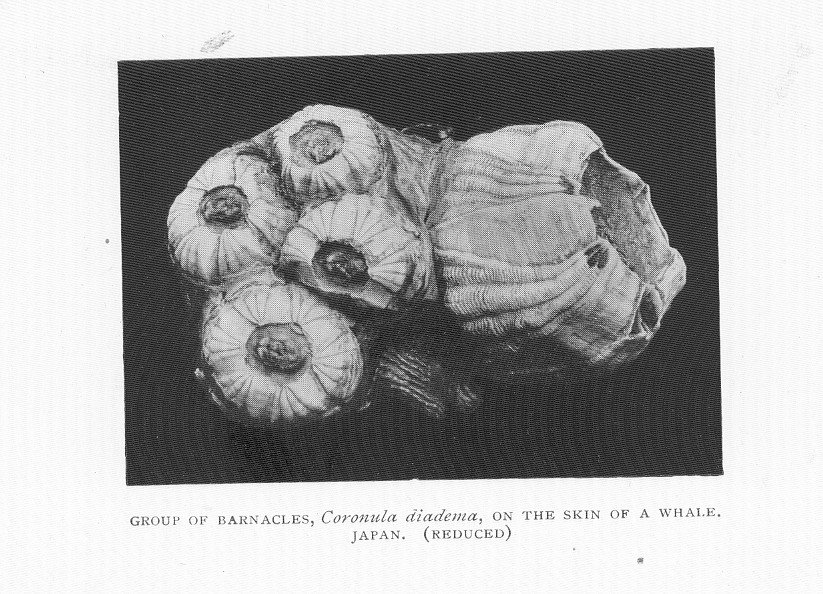
You might wonder if having hundreds of barnacles hitching a ride could be a nuisance for whales. In fact, researchers have found that while barnacles are mostly harmless, heavy infestations can cause problems. Too many barnacles can create extra drag, making it harder for whales to swim quickly or efficiently. In extreme cases, clusters of barnacles can irritate the whale’s skin or even attract parasites. On the flip side, some scientists suggest that barnacles may help whales by providing armor-like protection or even helping them shed parasites by sloughing off old barnacle shells.
Barnacles as Oceanic Storytellers
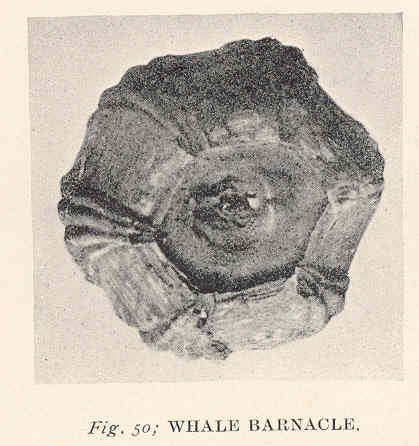
Barnacles are like living time capsules, holding clues to a whale’s epic journeys. Because they only grow while the whale is in certain regions, scientists can analyze barnacle shells to trace migration routes and feeding grounds. Like rings in a tree, layers in barnacle shells record chemical signatures from different parts of the ocean. This detective work has helped researchers unravel mysteries about whale behavior and migration that would otherwise remain hidden beneath the waves.
The Barnacle’s Role in Marine Food Webs
Though barnacles seem passive, their presence on whales ripples through the food web. When barnacles eventually die or are scraped off, they fall to the seafloor, becoming food for a variety of scavengers. Their shells can even create microhabitats for tiny marine creatures. In this way, barnacles act as a bridge between the surface world of whales and the hidden life on the ocean floor, recycling nutrients and energy through the ecosystem.
Traveling Without Moving: The Ultimate Commuter
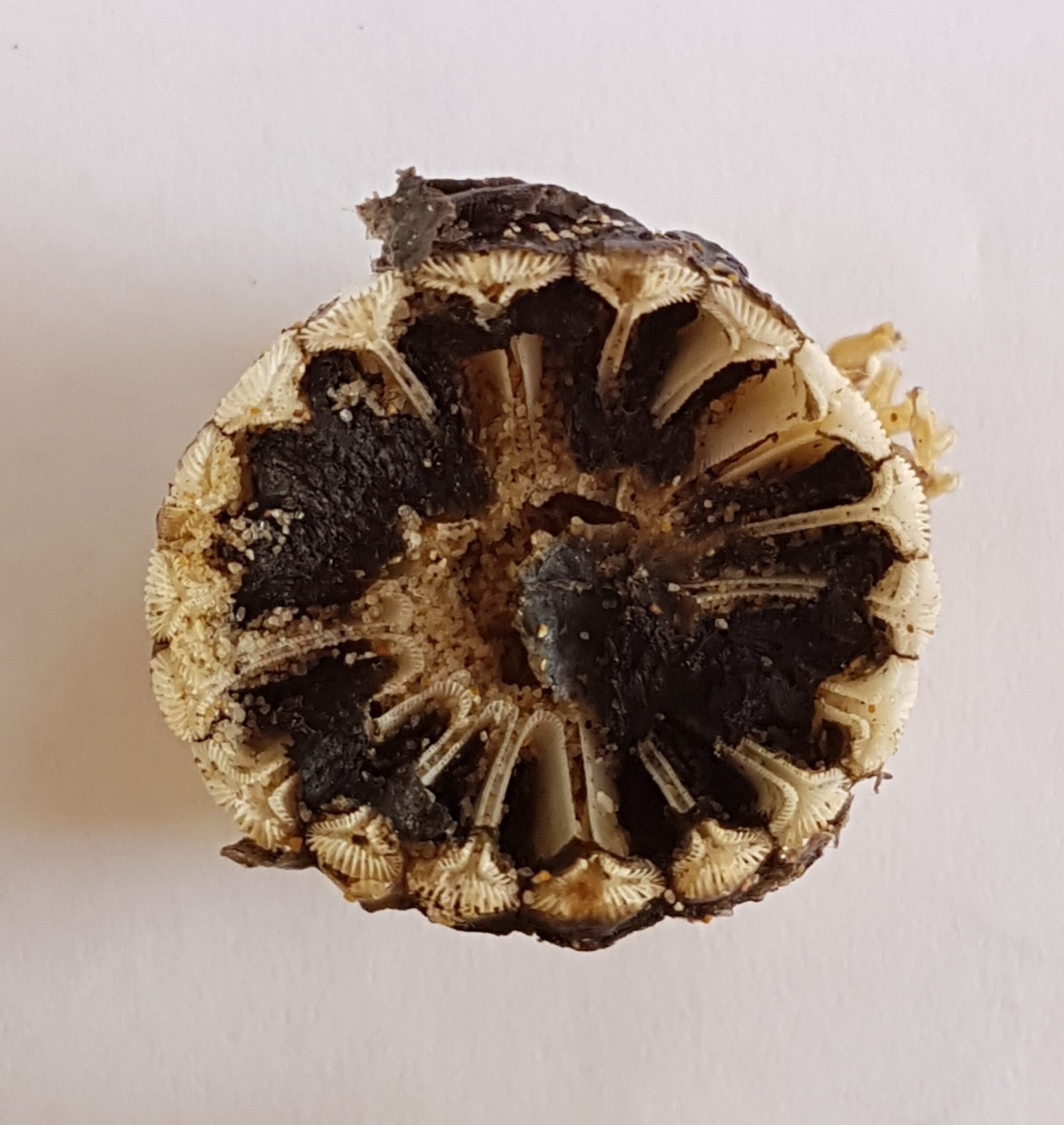
Few animals can claim to travel as far as a barnacle on a whale. Blue whales, for example, can migrate over 10,000 kilometers in a single year, and their barnacle passengers go along for the entire ride. This passive mode of travel lets barnacles experience a greater diversity of environments than almost any other stationary creature. They see the world through the lens of their host, crossing equators and polar seas without ever letting go.
Competition on a Whale’s Back
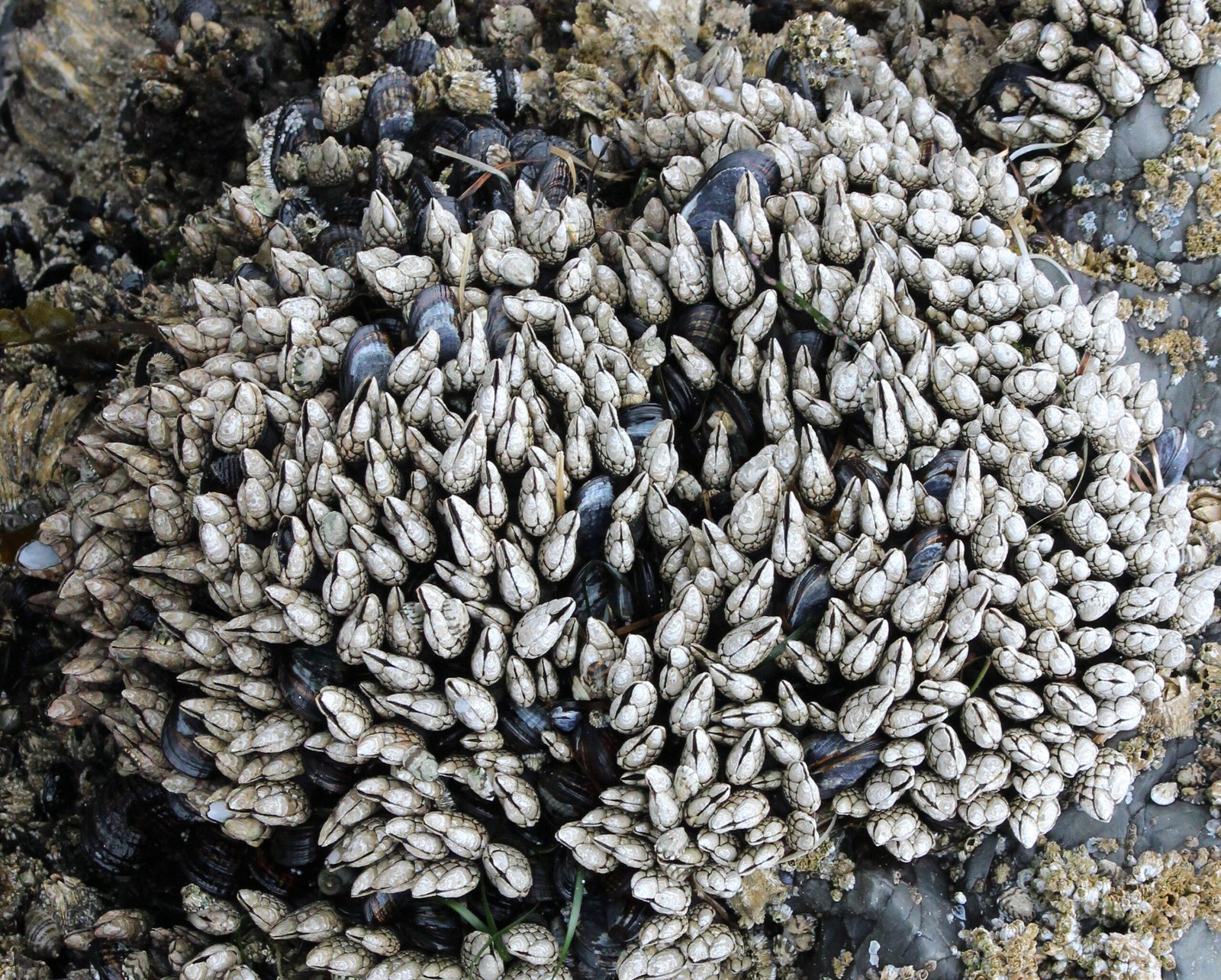
Life on a whale’s back isn’t as peaceful as it might seem. Barnacles compete with each other and with other hitchhikers like whale lice for the best real estate. Some areas, such as near the fins or tail, are prime locations because they encounter the most food-rich currents. The competition can get fierce, with some barnacles even overgrowing or pushing out their neighbors. This miniature turf war plays out on a moving canvas, showing that even the smallest creatures are driven by survival instincts.
The Strange World of Whale Lice and Barnacles
While barnacles are the best-known whale hitchhikers, they share their host with other odd companions, like whale lice. These tiny, shrimp-like creatures nestle in the crevices between barnacles, forming a bizarre ecosystem of their own. Sometimes, the presence of barnacles actually benefits whale lice by providing shelter and protection. This tangled web of relationships can affect the health and behavior of whales, turning their skin into a living, shifting landscape.
Whale Migrations: Highways of the Sea
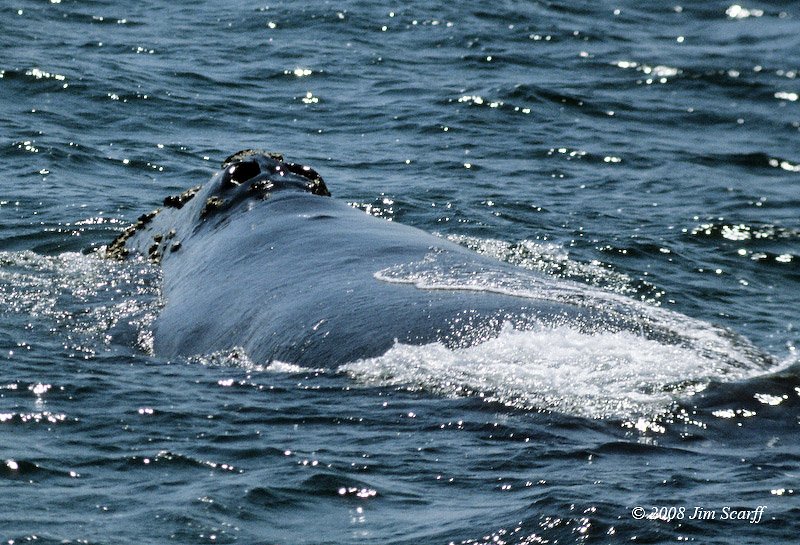
The journeys whales make each year are among the most impressive migrations on the planet. From the icy poles to tropical breeding grounds, whales cover vast distances, and their barnacle passengers go along for every twist and turn. These migrations not only shape the lives of whales and barnacles but also connect distant parts of the ocean, transporting energy, nutrients, and even microscopic life forms from one ecosystem to another.
Adapting to a Life on the Move
Barnacles that live on whales have evolved incredible adaptations to survive their unusual lifestyle. Their shells are streamlined to reduce drag, and their feeding appendages are sensitive to changes in water flow. Some barnacle species have even developed unique reproductive strategies, ensuring their larvae are released at the right time and place to find new whale hosts. Evolution has fine-tuned these creatures for a life of constant motion, proving that even the smallest passengers can be marvels of nature.
How Climate Change Impacts Whale-Barnacle Partnerships
As ocean temperatures rise and currents shift, the relationship between whales and their barnacle hitchhikers is changing too. Some whale species are altering their migration routes in response to shifting food supplies, which affects where and when barnacle larvae can find hosts. Warmer waters may also change the growth rates of barnacles or increase the spread of harmful parasites. Scientists are watching these changes carefully to understand how climate change could ripple through marine ecosystems in unexpected ways.
Barnacles and the Study of Marine Pollution
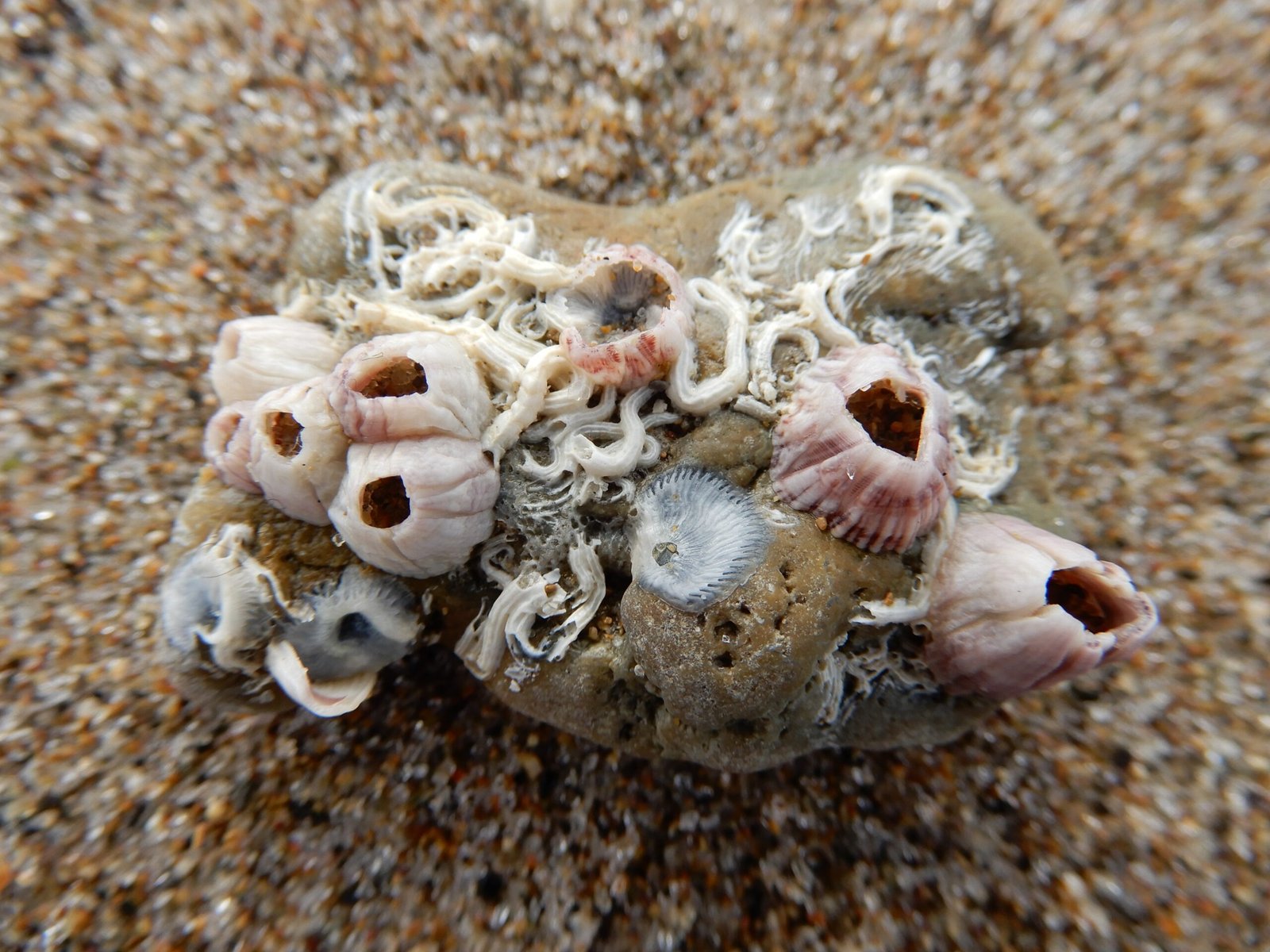
Because barnacles filter large amounts of seawater as they feed, they can accumulate pollutants in their tissues. Researchers use barnacles as bioindicators to monitor the health of the oceans. By analyzing the chemicals found in barnacles, scientists can detect the presence of heavy metals, microplastics, and other contaminants. This information helps track the spread of pollution and its impact on marine life, making barnacles unsung heroes in the fight to protect our oceans.
The Barnacle’s Influence on Whale Behavior
Believe it or not, barnacles may actually shape the way whales behave. For example, some whales have been observed rubbing against rocks or even breaching more frequently, possibly to remove irritating barnacle clusters. In other cases, barnacle infestations may influence where whales choose to swim or rest. These subtle shifts in behavior ripple out through the ecosystem, affecting everything from feeding patterns to migration routes.
Barnacles as a Window into Evolution
The close relationship between barnacles and whales is a fascinating example of co-evolution. Over millions of years, both have adapted to accommodate each other’s presence. Barnacles have developed specialized attachment strategies, while whales may have evolved thicker skin in areas where barnacles cluster. Studying this partnership gives scientists insights into how species adapt to one another, and how life continually evolves new solutions to survive and thrive.
Human Impacts on the Whale-Barnacle Relationship
Human activities like shipping, fishing, and pollution can disrupt the ancient partnership between whales and barnacles. Ship strikes can injure or kill whales, breaking the vital connection for their barnacle passengers. Increased noise pollution can interfere with whale migrations, making it harder for barnacle larvae to find new hosts. Understanding these impacts is crucial for protecting not only whales but the entire web of life that depends on them.
Barnacles in Culture and Folklore
For centuries, sailors and coastal communities have been fascinated by barnacles and their relationship with whales. Some cultures view barnacles as symbols of perseverance and resilience, clinging to life against all odds. In folklore, barnacles have been described as magical creatures, traveling the world without ever moving. These stories remind us of the wonder and mystery that still fills the oceans, waiting to be discovered.
Conservation Efforts for Whales and Their Hitchhikers
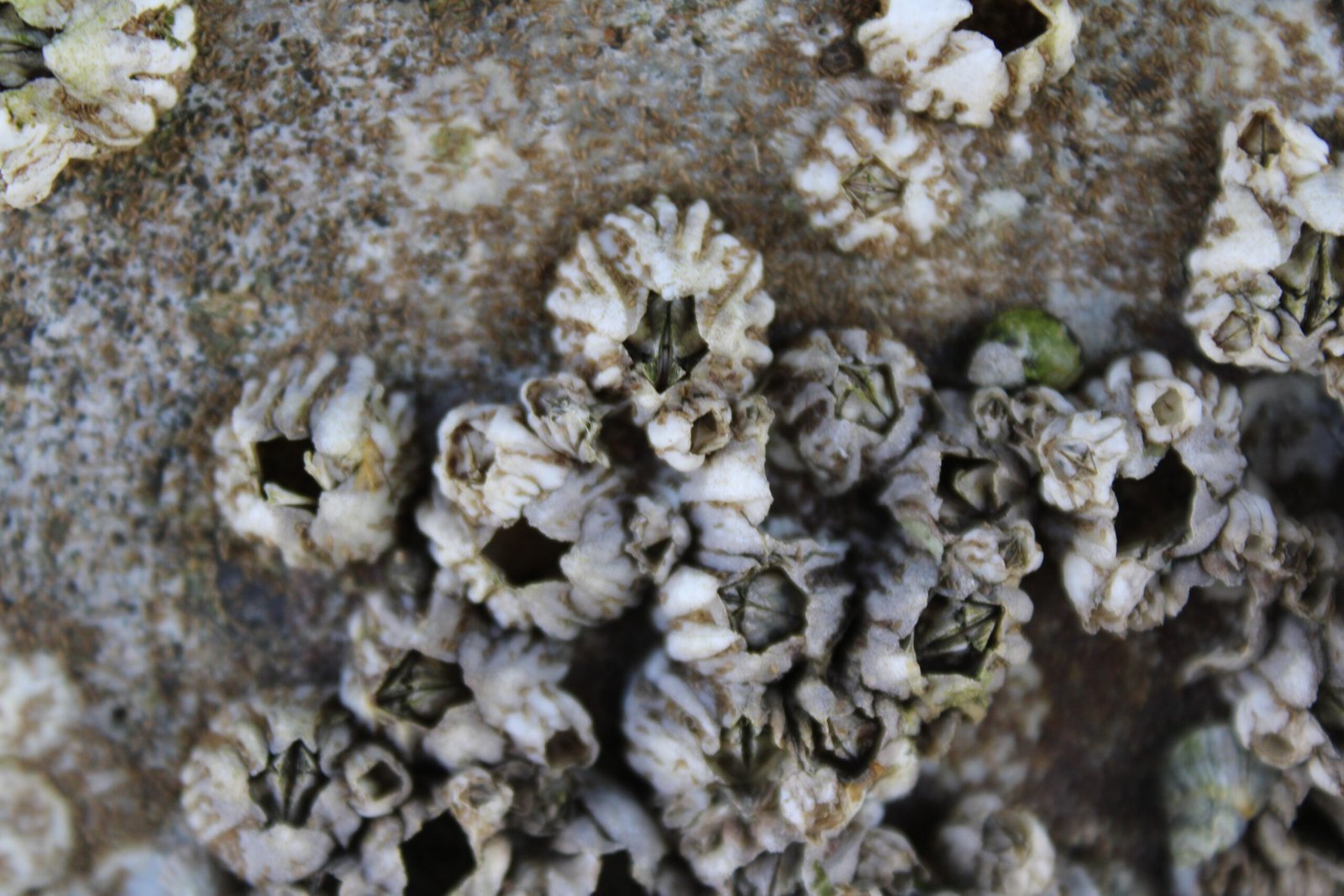
Protecting whales means protecting their entire ecosystem, including the barnacles that call them home. Conservation efforts focus on reducing ship strikes, limiting ocean noise, and combating pollution. By safeguarding whale populations, we help preserve the delicate balance of life that barnacles and countless other species depend on. These actions ripple through the ocean, creating healthier, more resilient ecosystems for generations to come.
Why Barnacles Matter More Than You Think
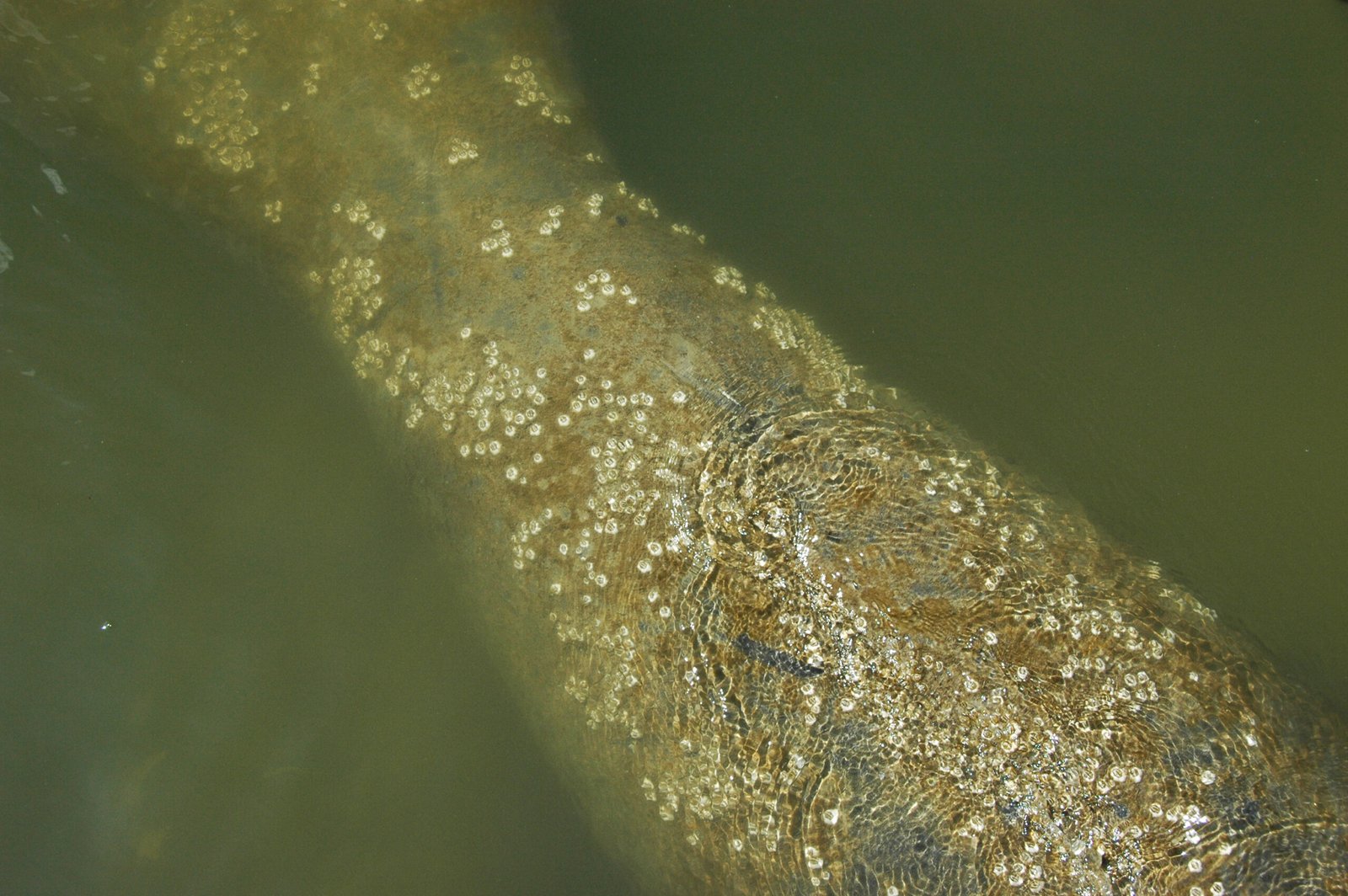
It’s easy to overlook barnacles, but their story is a reminder that even the smallest creatures can have a profound impact on the world around them. By traveling on whales, barnacles connect distant parts of the ocean, shape food webs, and reveal secrets about our changing planet. Their quiet journey speaks to the hidden connections that sustain life below the waves, and challenges us to look closer at the marvels that surround us.

